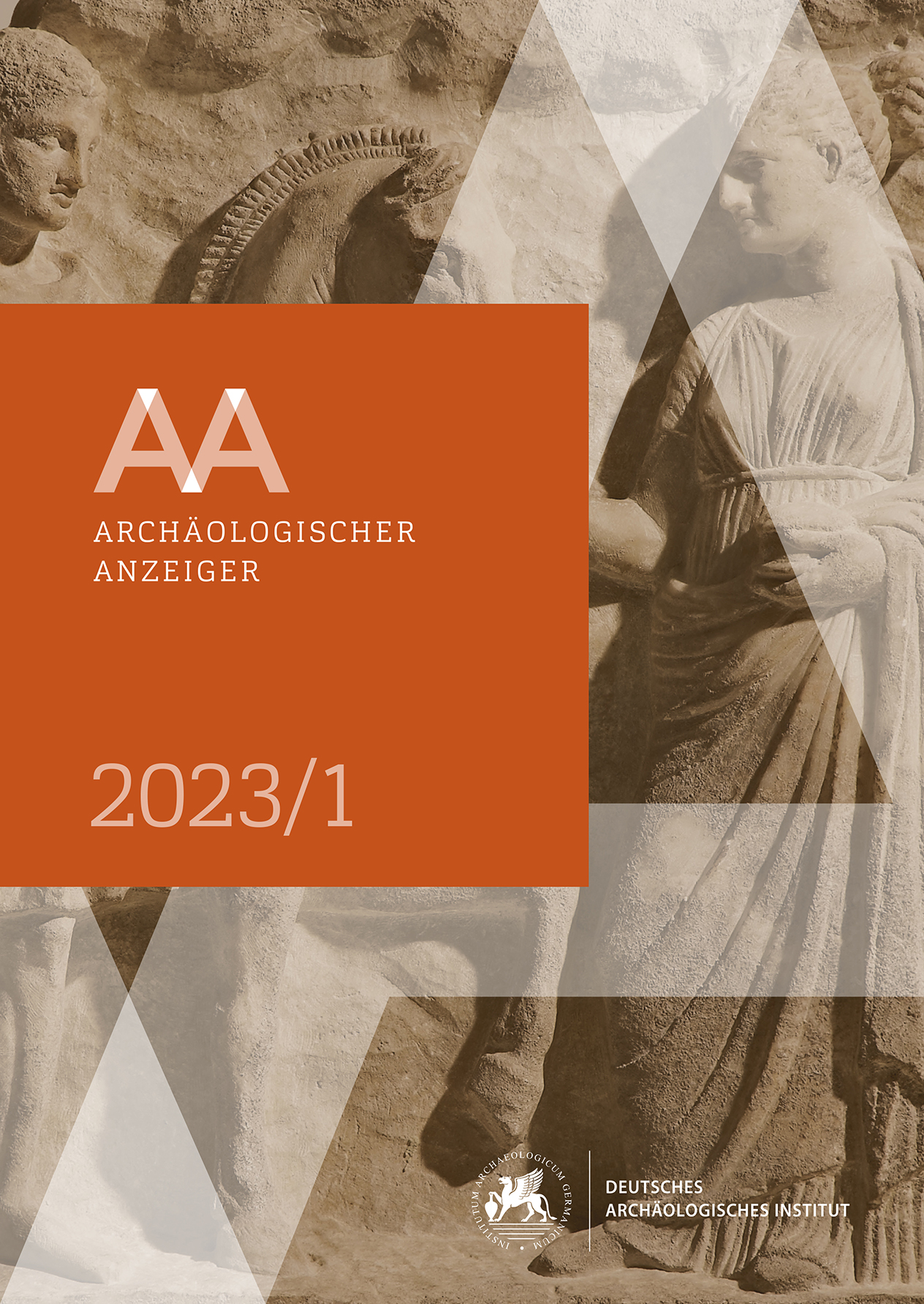The Hidden Cityscape of Vulci
Geophysical Prospections Providing New Data on Etruscan Urbanism
https://doi.org/10.34780/m6af-c144
Abstract
For a long time, Etruscan cities, their physical appearance, diachronic evolution and cultural and social figurations have largely been neglected in archaeological research. Only in recent years has this begun to change thanks to the systematic application of new methodological approaches. By using a combination of non-invasive, geophysical prospections and targeted excavations at neuralgic points, the Vulci Cityscape project aims to examine the cityscape of Vulci and its transformation over the longue durée. Geophysical surveys conducted in 2020 on 22.5 ha north of the so-called decumanus resulted in a new and more complete plan of this part of the city, identifying different functional areas, differentiating street systems and revealing the complex historical palimpsest of the urban structure. Among the functional areas, a new sacred district to the west of the tempio grande, including a new monumental, late Archaic temple stands out. Not only do the results improve our knowledge of the urban layout of Vulci, but they also shed new light on Etruscan urbanism in general.
Schlagwörter:
classical archaeology, urban archaeology, Italy, Etruria, Vulci, geophysical prospection, urbanism





